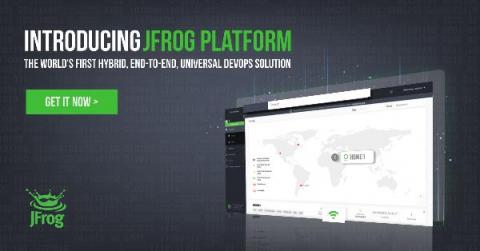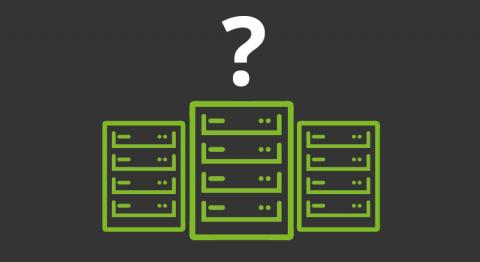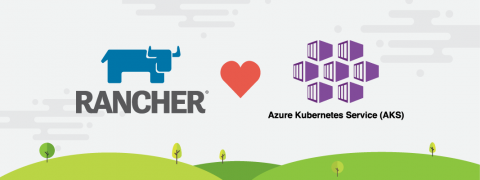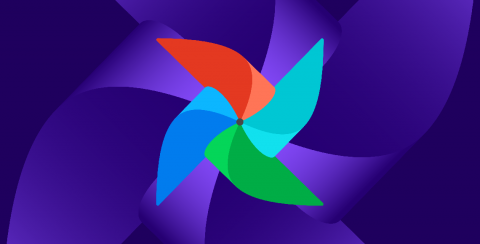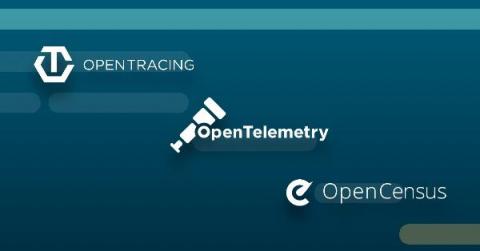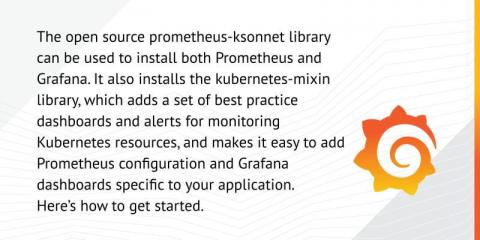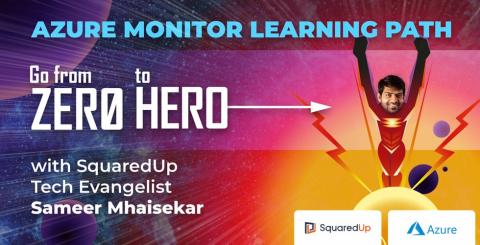Joyful DevOps is Here: Introducing the JFrog DevOps Platform
Unity is strength. And at JFrog, we’re committed to providing the strongest DevOps tools available. With the promised release of the JFrog DevOps Platform, it’s my honor and delight to announce JFrog’s biggest leap yet toward fulfilling our universal vision of Liquid Software. We’re excited and proud to launch the world’s first universal, hybrid, end-to-end DevOps platform.


